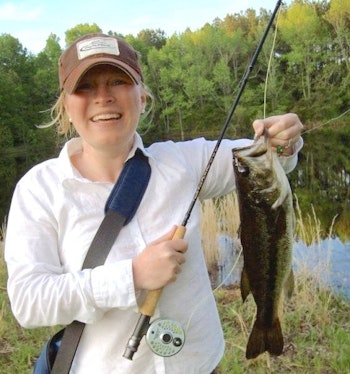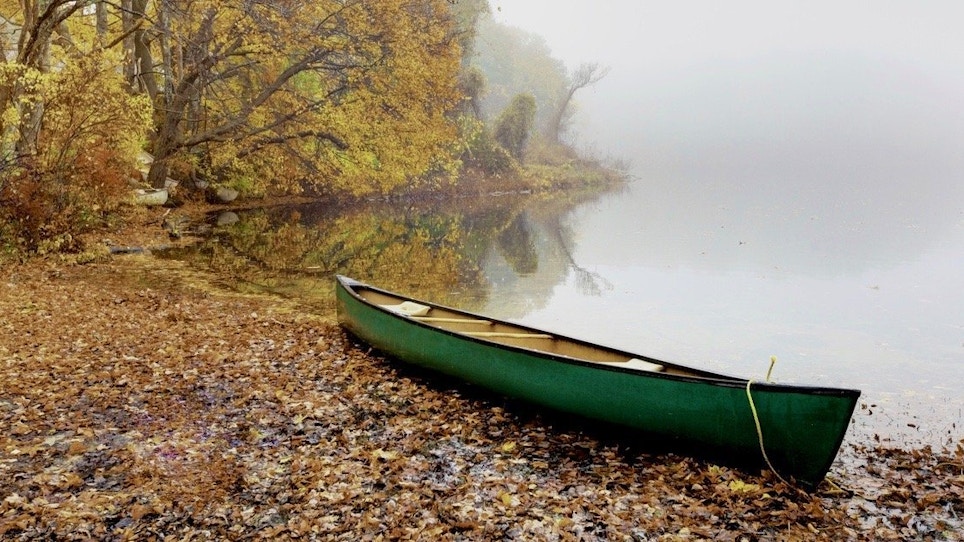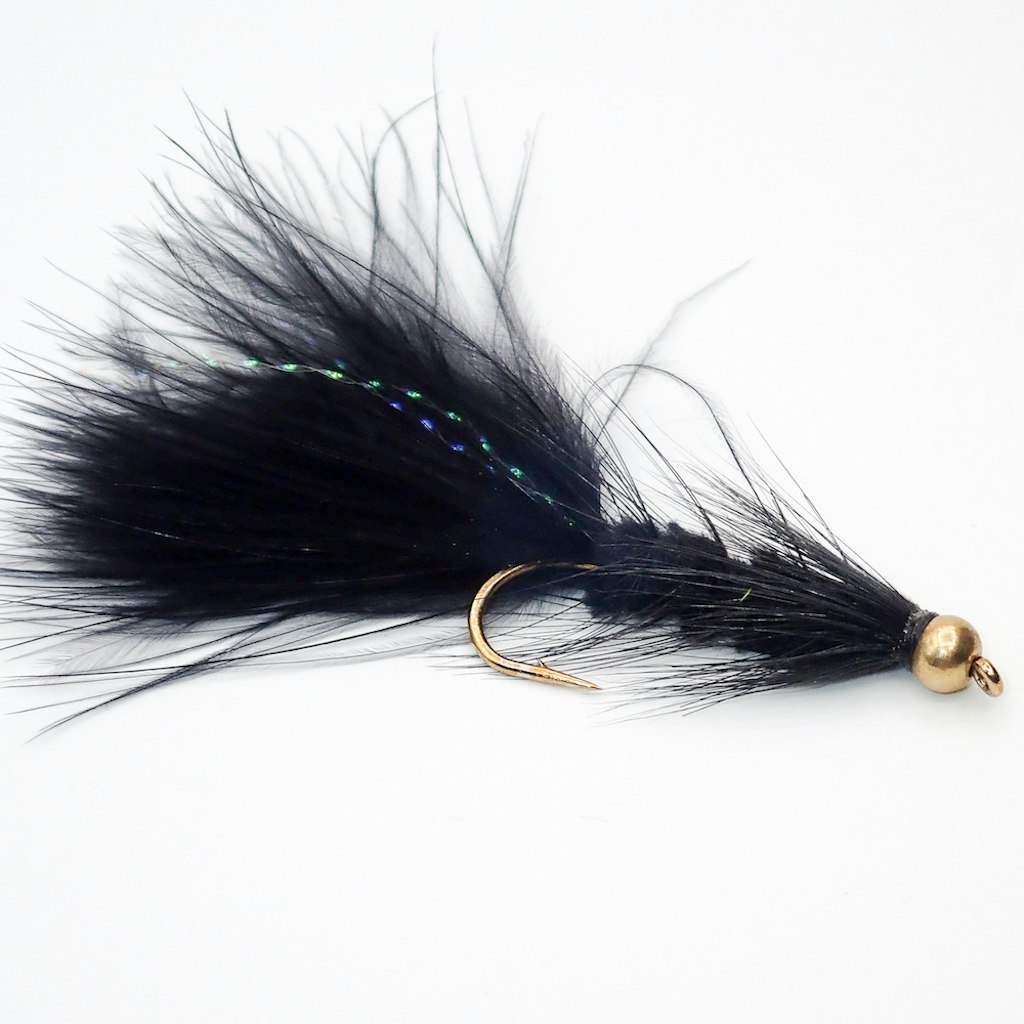
Bass fishing with a fly rod, in a farm pond. This is the only time I feel like I know exactly what I'm doing. In the trout streams, I wish I read the eddies better; in salt water I find the Reds elusive.
The farm pond is the place I fish most. With the fly rod, even if I’m reeling in a piddly little guy, I can pretend it’s a monster just for fun. Plus after awhile of fishing the same place, everybody needs a challenge. Which really means we hunger for defeat, so we can then overcome the challenge, which leads to mastering something. That’s why fly fishing a farm pond makes sense.
Let’s say you don’t know how to fly fish and haven’t tried it. It’s not difficult to pick up. It can become increasingly difficult if you’re fishing a narrow, east coast trout stream, but that’s what makes the farm pond great: You sit with plenty of open space to make your tight loop and sip your beer methodically — no current, no drift.
And before the hunters tune me out because you’re deep into the hunting season and have no use for fishing, fly fishing for bass or crappie is something that can make the down time between hunts a little more engaging. This is especially true if you tag out early on an out-of-town hunt, and have some time to kill. If you’re traveling, the fly rod is easy, lightweight tackle for carrying on road trips or through airports.
The Wooly Bugger
My husband and I started dating in late July, and this fact is 100 percent relevant to my affection for Wooly Buggers. At first, we spent some early dates fly fishing the top water of a few ponds in our rural county. Soon the fish slowed way down and refused to hit the top water in the waning days of yuck-hot, muggy August and September in the South. So — what at first had been evenings spent casting a 6-pack of South Bend poppers from Walmart and eating ham sandwiches in the boat — turned into fishing Wooly Buggers well below the surface. And we kept at it into the fall season, after the days began to grow shorter.

The bass hit the Wooly Buggers so hard and so consistently that, more than once, we’d find ourselves fishing well into the night. Darkness is the best casting instructor. You can’t see your cast, or if you're hitting 10 o'clock or 2 o'clock with your forward and backward motions, respectively. But you can feel it. The weight shifts and energy goes from the rod to the line, and soon the streamer is laid out behind you. And you know instinctively when to pop it forward, because you’re no longer using your eyes as a crutch.
Wooly Bugger Fly Co. (A biased resource, yes, but still ...) classifies the Wooly Bugger as a hall-of-famer of fly fishing, “so if you don’t have any in your box yet, you better get a handful in several sizes and different patterns before your next trip.”
According to the fly company, the Wooly Bugger can be fished in streams, ponds, lakes and salt flats. It also does well in murky water, assuming you’re onto the right color Wooly.
Fishing the Wooly Bugger for Bass
In the spring, it's truly poppers on top water all day long for me. Sometimes a frog, just because I really want to catch something on the damn frog, but I never do. Things change when the fish slow down, and not a single one wants the popper. This is true even if even you pop the heck out of it.
When this happens, I switch to the Wooly Bugger on a 5-wt. rod and, almost always, a Wooly with a beadhead so it can be fished deeper. The weight of the beadhead does make the streamer a little more difficult to cast. If you’re fishing on a windy day, that complicates things further. But it's about the return on investment.
If you're not sure where to start and find yourself wondering about color, retrieve and size for fishing bass with Woolys, here are some suggestions. Also, this is trial and error stuff, so remember you're making gravy, not baking a cake. The latter is exact, the former is not.
The weight of the beadhead, like the one pictured here, does make the Wooly Bugger a little more difficult to cast. If you’re fishing on a windy day, that complicates things further. But it's about the return on investment and, on slow days, it's the Wooly's beadhead that often makes things start to go. Photo: Wooly Bugger Fly Co.
Color: Typically, brown, olive and black are most used. Most of the bass I’ve caught have been on a brown Wooly, but I’ve had a fair amount of luck with olive. Black is known to resemble a leech, which might prove handy. It doesn’t have to be complicated though. You select a color and retire the Wooly that's not working, in favor of another Wooly in another color.
Retrieve: Your retrieve is another element that can be adjusted based on the response the Wooly's getting. Most of the time, I cast the Wooly Bugger and let it sink to the bottom. Next, I’ll try a combination of short pops, stripping the line every so often. Other times, I’ve found popping it without stripping it at all works better. Most of this combination of stripping and popping is slow and methodical. But if that’s not working, I’ll gradually speed up the retrieve and combinations.
Size: If you’re fishing a 5-wt. rod, you can fish a hook as big as a #6. For bass, Jason Edwards at Wooly Bugger Fly Co. tends to go with a #8. I typically go with what I have, and hope for the best.
Featured photo: iStock







